“We need to give each other the space to grow, to be ourselves, to exercise our diversity. We need to give each other space so that we may both give and receive such beautiful things as ideas, openness, dignity, joy, healing, and inclusion.”
— Max de Pree, American businessman and writer
What is diversity and inclusion? In the greatest sense, it is when we are able to dissolve barriers; the obvious ones between generations, races, religions, politics, genders and more, as well as the subtle barriers that come between us due to misaligned assumptions (called psychological contracts) about what we think we are entitled to receive and required to give. Inclusion involves recognition, appreciation and openness to the full range of differences and the desire to see gifts within them, making a place for all of them to be welcomed with mutual respect and equality. How do we accomplish this effectively and consistently? Here are some systems and practices I know help people to fulfill their most creative and innovative potential alone and in groups. Each resolve untold suffering:
- Make relationships based on trustworthiness and psychological safety a priority so that each member takes reasonable risks, is fearless about mistakes and dissenting opinions; all accepted as part of learning and growth
- Use a multi-directional social influence process that develops leadership and empowerment in all people, no matter what age, gender, experience or title; this allows everyone to have a sense of belonging and significance
- Move from top-down into a shared power, purpose-based model in which leading and following is developed within all people and families and workforces influence each other’s perceptions and actions for the good of all
- Create a generative social structure in which all people build upon that which gives life, such as focusing on strengths, gifts and talents; using encouragement and a focus on what has, is and could work at its best
- Embrace a humanizing leadership approach in which a sense of genuine caring in word and deeds is a common experience and negative behavior is redirected harmlessly, without harshness, punishment or permissiveness
- Integrate a commitment to, practice of, and execution of common, caring behaviors and highly communicated standardized interpersonal expectations – without which innovation, courage and progress would otherwise stall
- Mentor everyone monthly so each is supported in learning how to be socially and emotionally intelligent and to own all tasks, including the health of their relationships, productivity, purpose, visions and engagement
Why Mentoring is so Important
In order to have healthy community, including the dissolution of barriers and increased appreciation of diversity, mentoring creates unique and differentiated relationships among the entire team as each helps the growth of one another. Mentoring has implications for initiative, creativity, critical thinking, collaboration and various behaviors and outcomes. In supportive mentoring relationships, developing people enables each to have courage and support to grow. Everyone is given what they need to have a positive place in the social context. Then an environment is present in which each looks after one another’s needs and removes barriers to being vulnerable and taking risks.
Generative Relationships
Generative relationships are those that give life like sunlight gives life to plants. They needn’t be based on reciprocal exchanges in which people try to satisfy their self-interest through give-and-take interactions. Rather generative relationships are designed to help oneself and others grow in intrinsic motivation, social interest (noticing what my behavior causes others) purpose and values, all enabling greater ability to love deeply, consistently and completely.
In a caring workplace, home, or school, mutual expressions of genuine concern for the needs of others, and trustworthy behaviors are cultivated, all while systems of punishment, rewarding, shaming, praising and pampering are dismantled. It is only in this finely tuned way of defining and managing community that people feel safe so they exhibit innovative behaviors, healthy communications, mutually respectful ground rules and aligned expectations.
Over time, all members see situations and teammates of every kind as dependable, secure, predictable, and clear in terms of behavioral consequences based in curiosity, compassion and progress, rather than chastisement. Then each feels free to express concerns, self-doubts, failures, and differing opinions to more fully engage and better perform. In this way all members become participators and pursue shared superordinate goals together.
I see so much pain in the world all while realizing up-close what healthy community does for all of our otherwise uninterrupted struggles among and within people. Won’t you join me in creating a world in which all people love their lives? I’m here if you want to learn more.
This article is published in the column Emotional Intelligence in The Women’s Journals, January/February 2019




